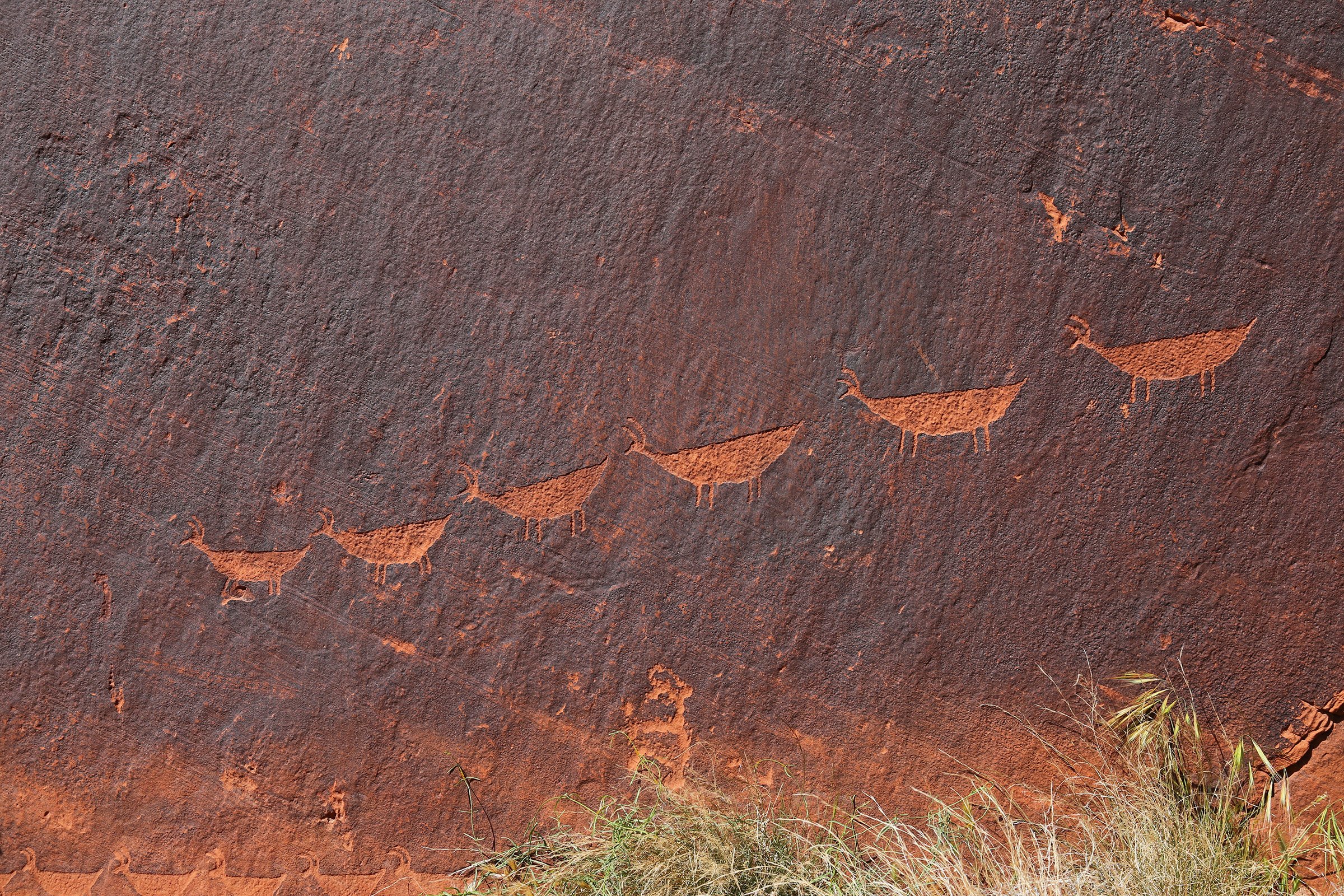
Cultural considerations
Cultural considerations when visiting American Indian Tribal Lands in Arizona
Most lands within Coconino County are managed by federal, state, and tribal agencies. Access to tribal lands differs among American Indian communities in Arizona. For additional information, visit the journey to tribal lands page. To further explore the 22 American Indian communities in Arizona and gain insights, delve into additional resources on American tribal lands.
For trails that specifically pass through the Navajo Nation
The Navajo Nation Reservation is over 25,000 sq. miles and covers over four states: NM, UT, CO, and AZ. Navajo Nation Parks & Recreation oversees all Navajo Tribal Parks on the Navajo Nation Reservation. The Navajo Nation is comprised of essentially private lands, therefore all non-Navajo travelers and visitors must abide by and comply with the laws, regulations, and policies promulgated by the Navajo Nation Government, including those governing Navajo Tribal Parks, Monuments, and recreation areas. Many Navajo families still live on the reservation annually, please be respectful of home sites and animals in these areas. For more information on regulations and best practices, please visit navajonationparks.org. Remember to recreate respectfully and responsibility.
For all trails
Trails in the Page, Arizona area pass through lands that have been inhabited since time immemorial. These lands are home to many cultures and the ancestral homelands to many Indigenous peoples. Remember to recreate respectfully and responsibly. For more information and to find out more about the Indigenous cultures in the Page area, visit native-land.ca for an interactive map. Please visit the land managing agency that manages the trail for more trail-specific information.
Cultural resources
Northern Arizona has been home to Indigenous peoples since time immemorial. Recreators may find artifacts on trails. Never move an artifact from its location. Instead, use your phone to mark its coordinates and notify the appropriate land management agency corresponding with the trail. Artifacts are evidence from the past, and need their surrounding context in order for their history to be understood. Never remove, vandalize, or steal historical artifacts. If you find pictographs on the trail, do not remove or vandalize them. Never carve into or write on the rocks, plants, or cultural features of the trail. Take only pictures and leave only footprints.
Ceremonial items
Recreators may find ceremonial items on the trail. Remember to be respectful and never move or disturb these items.

